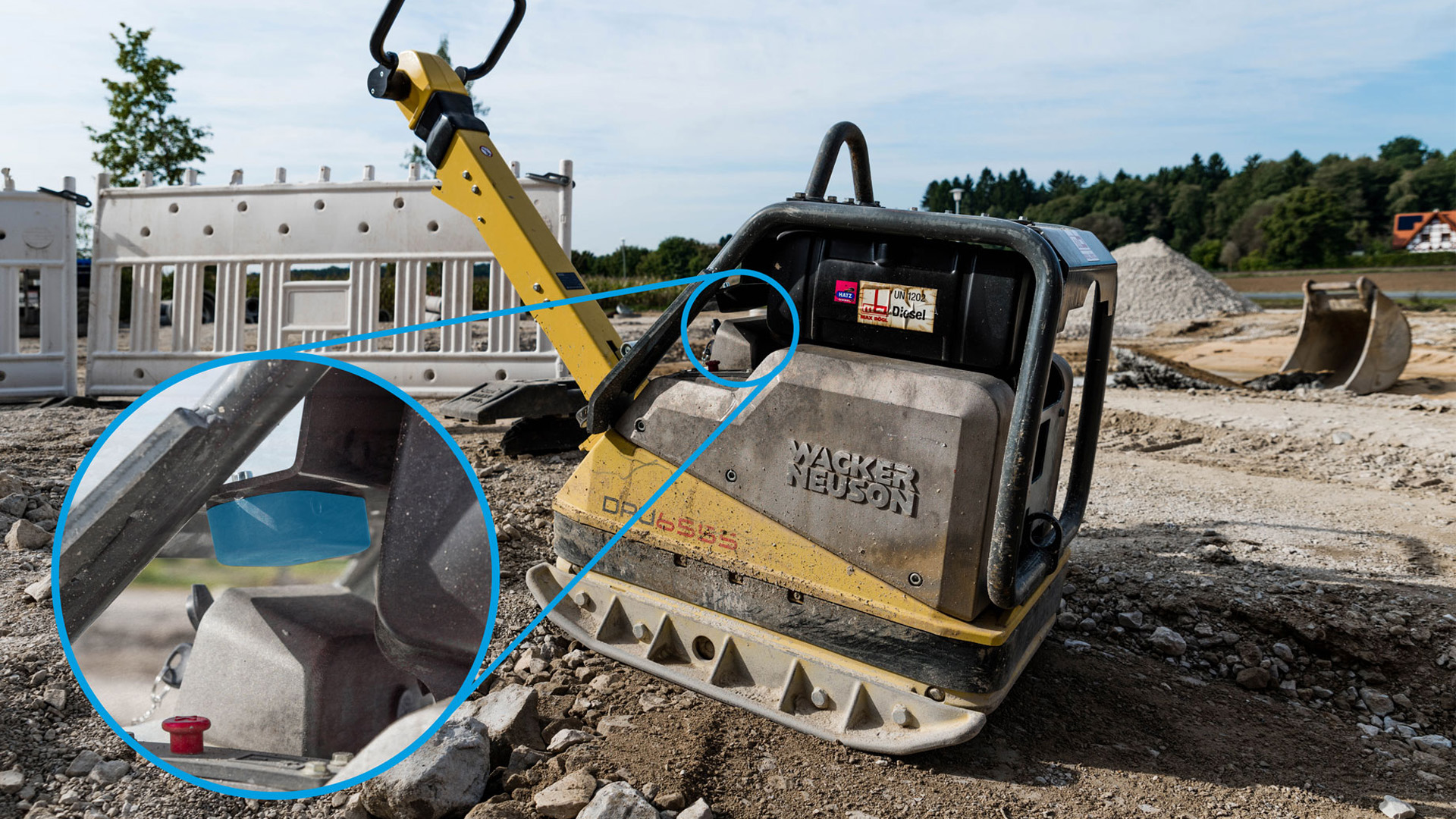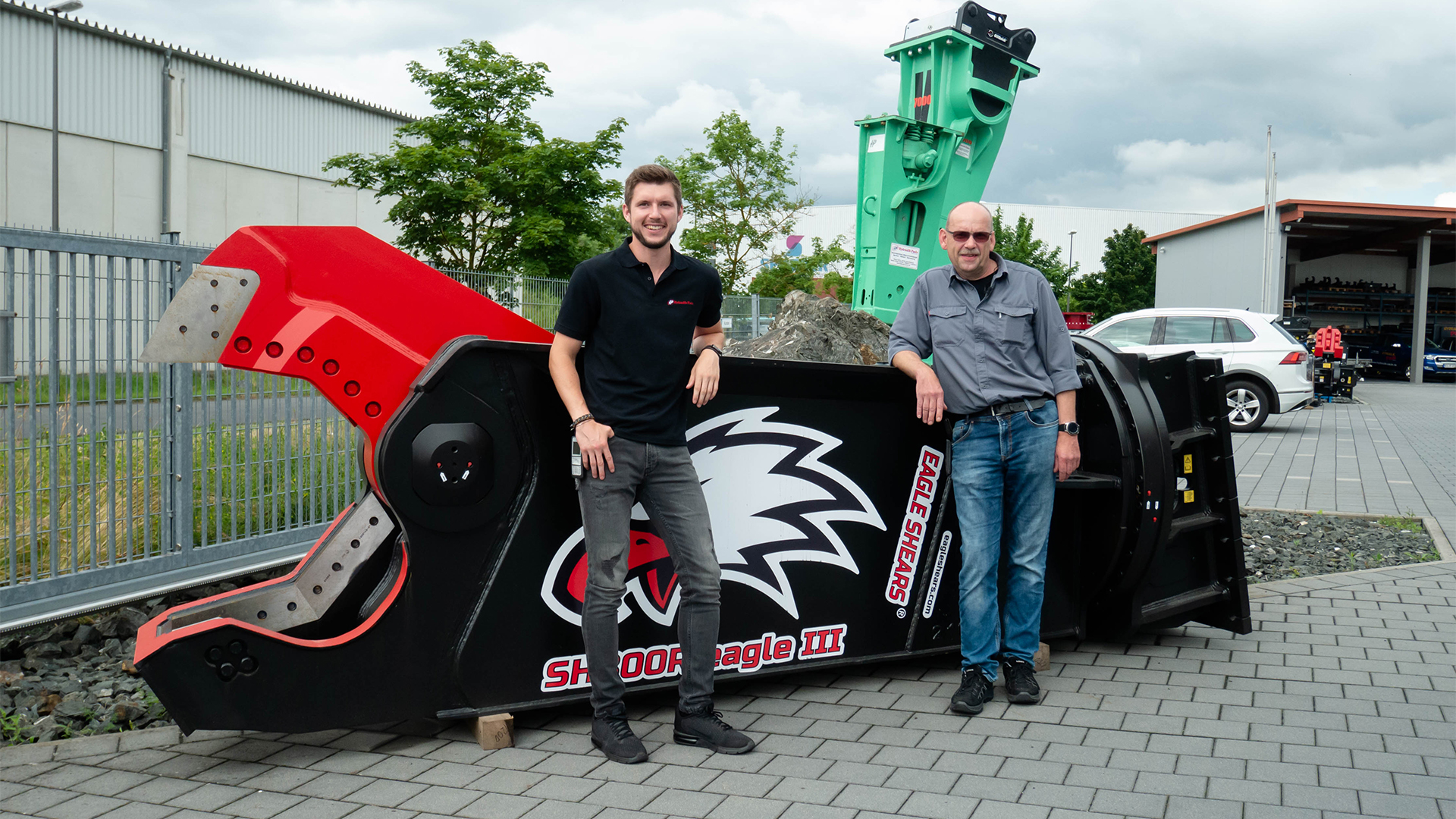If you have ever stood on a construction site and observed the precise, powerful use of a hydraulic breaker, you will know the indispensable role that hydraulic attachments play in the construction industry.
Our comprehensive webinar with Sebastian Nolting, an experienced DGSV-certified expert for hydraulic attachment and demolition tools, highlighted numerous aspects that are crucial for the efficient and safe use of these devices. From the importance of the German Ordinance on Industrial Safety and Health to the technical design and physical principles through to preventative measures and the use of modern tracking technologies - our webinar offers an in-depth insight into the optimal use of attachments.
We have summarized all the relevant content of the webinar for you here.
The role of the Ordinance on Industrial Safety and Health
One of the core topics of the webinar was the Industrial Safety Regulation, which serves as the legal basis for ensuring safety and health protection when handling work equipment, including hydraulic attachments. Among other things, the ordinance requires regular inspections of tools by qualified persons and thus creates an important prerequisite for the safe use of the technology. Companies are therefore encouraged to view these regular inspections not only as a legal obligation, but also as an opportunity to avoid breakdowns and extend the service life of the equipment.
A tangible example of this is the case of a company that lost a hydraulic breaker due to neglected inspections - a costly mistake that could easily have been avoided by complying with the regulations. These regulations are not only for the safety of employees, but also for the longevity and efficiency of the equipment.
Technical structure and physical principles
Another focus was on understanding the technical structure and the underlying physical principles of hydraulic attachment tools.
Every hydraulic attachment consists of a base body that is protected by adequate wear protection. This protection is crucial to protect the main body from damage and to maintain performance. Nolting emphasizes the importance of regularly renewing this protection to avoid expensive repairs. A well-maintained device is not only more efficient, but also contributes to increased production.
An in-depth understanding of the physical and mathematical principles that determine how the attachments work is essential for their effective use. The correct setting of the carrier device and the selection of the appropriate hydraulic program are of crucial importance here. Incorrect settings can not only lead to increased wear, but also impair safety.
An example from practice: A site manager reported a hammer that produced less power than expected despite higher pressure. The cause was a smaller cylinder area. Sebastian Nolting explained in the webinar how crucial the combination of pressure and cylinder area is. Too much pressure on a small cylinder can be inefficient, while an optimally tuned cylinder requires less pressure and still delivers maximum power. If you understand these principles, you can get the most out of your tool's performance.

The correct setting of the carrier and the selection of the appropriate hydraulic program are therefore crucial for the maximum performance of the attachment. Incorrect settings can lead to increased wear and even damage to the attachment.
Responsibilities of the entrepreneur
As the person responsible, you have various options to ensure the safety and efficiency of your attachments. These include the instruction of the operators by the supplier, the correct adjustment of the carrier devices, compliance with the wear limits and the regular inspection of the attachments by specialists or specialist dealers.
These measures help to minimize downtime and increase safety in the workplace.
A practical example is the story of an excavator operator who reported constant failures of his grab. The cause was quickly found - an incorrect hydraulic setting. Training by the manufacturer and regular checks by a specialist dealer solved the problem. Stories like this underline the need for everyone working with the equipment to be both trained and aware.
Preventive measures and digital solutions
For companies with an extensive inventory of attachments, the use of trackers can be a valuable addition. These devices monitor operating hours and enable efficient maintenance planning. They also offer theft protection by recording the position of the attachment. The data generated not only supports maintenance, but also enables comprehensive documentation of the equipment history.

Our Solid II makes this possible. By digitizing device data on a server, operators can not only optimize usage, but also simplify administration and documentation. The ability to store and manage device data centrally offers enormous added value and supports efficient operational management.
Summary
Careful maintenance, knowledge of correct handling and compliance with legal regulations are essential for the efficient and safe use of hydraulic attachment and demolition tools. Cooperation with experts and the use of modern technologies help to extend the service life of the equipment and reduce operating costs. These tools are crucial factors for the success and safety of your projects. Investing in knowledge, technology and preventative measures pays off in terms of reliability and efficiency.







